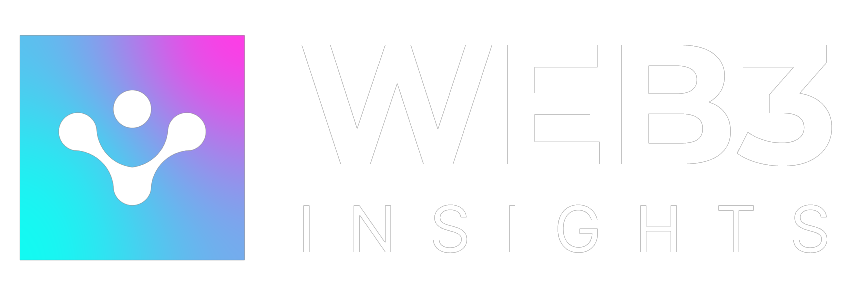Once seen as a risky experiment, Bitcoin reserves are now becoming a serious contender in reserve assets.
Reserve assets like gold, government bonds, and cash have been symbols of financial security for centuries. They’ve helped companies and nations protect their wealth and navigate economic uncertainty. But times are changing.
In this article, we’ll look at how Bitcoin is shaking up the world of reserve assets and what it means for the future of financial stability.
Traditional Reserves
These are assets that individuals, businesses, and governments hold to protect their wealth and stay financially stable. They act as a safety net during economic crises, currency issues, or political instability. Some examples of these assets are Gold, Fiat currencies, Government bonds, and Special Drawing Rights (SPDRs).
Strengths of Traditional Reserves
- Stability: Traditional reserve assets, particularly gold and government bonds, are trusted for their relatively stable value over time. Gold’s physical properties and historical significance make it a reliable choice, while bonds provide predictable returns.
- Liquidity: Assets like government bonds are highly liquid, meaning they can be quickly sold in financial markets to meet immediate funding needs. Similarly, fiat currencies in foreign exchange reserves allow for rapid international trade or debt repayment.
- Global Acceptance: Fiat currencies like the USD are universally recognized and backed by powerful economies, making them convenient for global transactions. Gold also enjoys global recognition as a valuable commodity.
Limitations of Traditional Reserves
- Susceptibility to Inflation: Fiat currencies can lose value over time due to inflation, eroding purchasing power. Central banks’ frequent monetary interventions, such as printing more money, exacerbate this issue.
- Storage and Portability Challenges: Gold, while valuable, is cumbersome to store, transport, and secure. Its physical nature requires infrastructure, adding to costs and complexities.
- Centralized Dependency: Traditional reserve assets rely heavily on centralized authorities like governments or financial institutions. For instance, fiat currencies are vulnerable to mismanagement by central banks, and bonds are tied to the creditworthiness of issuing nations.
Bitcoin Reserves vs. Traditional Reserves
The debate between traditional reserve assets and Bitcoin boils down to their ability to serve as reliable stores of value, their liquidity, and their long-term stability. Below, we examine how Bitcoin stacks up against gold, fiat currencies, and bonds in these key areas.
1. Store of Value
Gold vs. Bitcoin:
For centuries, gold has been considered the ultimate store of value due to its intrinsic qualities which are scarcity, durability, and universal appeal. However, Bitcoin mirrors these traits in a digital context. Its finite supply of 21 million coins ensures scarcity, while its decentralized nature means no government or institution can dilute its value through excessive issuance, unlike fiat currencies.
Fiat Currencies vs. Bitcoin:
Fiat currencies dominate global reserves due to their stability and widespread acceptance. However, inflation and currency devaluation erode their purchasing power over time. Bitcoin, in contrast, is deflationary by design. As adoption grows, its scarcity could enhance its value over the long term, making it an increasingly attractive alternative.
2. Liquidity and Accessibility
Traditional reserve assets like gold and bonds have long been considered liquid, but they come with strings attached. Gold is cumbersome to store and transport, and selling it requires intermediaries. Government bonds are easier to manage but still depend on a network of centralized institutions, and they only trade during business hours.
Now enter Bitcoin. Accessible anytime, anywhere, Bitcoin operates on a global network that never sleeps. Want to move a million dollars worth of Bitcoin at 2 a.m.? You can do it in minutes, with no bank involved. This level of liquidity and accessibility makes Bitcoin a game-changer for organizations operating in a fast-paced, borderless world.
3. Volatility & Stability
Gold and government bonds may not be exciting, but they’re stable. Bonds offer predictable yields, and gold has a steady track record as a hedge against economic uncertainty. But stability often comes at the expense of growth; neither gold nor bonds will multiply your wealth dramatically.
Bitcoin, on the other hand, is a rollercoaster. Its value can swing wildly within hours, making it a risky choice for conservative investors. But here’s the flip side: over the long term, Bitcoin’s value has skyrocketed, outpacing traditional assets by miles. Advocates argue that as Bitcoin adoption grows and the market matures, its volatility will decline, making it a more stable reserve option.
Conclusion
The shift from traditional reserve assets like gold and fiat currencies to Bitcoin signals a major change in financial strategy. Despite challenges like volatility and regulatory uncertainty, Bitcoin’s decentralization, transparency, and deflationary nature make it an appealing alternative in today’s digital economy.
As adoption grows and markets mature, Bitcoin’s role as a reserve asset will likely expand. A balanced approach; combining traditional assets with Bitcoin offers organizations a way to diversify, hedge against inflation, and prepare for the future. The key question now is not if Bitcoin has a place in reserves but how much.








